Iron is a one of the most crucial minerals that found in our body. It exists in the Hemoglobin in the RBCs (Red Blood Cells). Hemoglobin is the element that transport oxygen around the body. It takes oxygen from the lungs and circulates to the different parts of the body.
You may hear that low hemoglobin levels can lead to Anaemia and fatigue all the time. So it is a low iron level. Anaemia disease is caused due to iron deficiency.
Why iron is so important for the human body?
You may often hear that we all should consume such foods which contain iron. But do we know why iron is so an essential element for our body?
So let's first understand the role and functions of iron in our body:
- Iron for brain
Iron is the most essential element for our brain to function properly. Due to the deficiency of iron, our brain can't work properly. Our brain needs more energy to work effectively, so iron works like a powerhouse for the brain.
Iron is also an important element that plays an important role to transmit chemical signals from the brain. As we know, learning and memory consciousness are the most crucial functions of the brain. But if your iron levels are low, then you may have to face struggles to learn new things and concentrate. - Iron keeps your body fit
When any germs and viruses enter the body, iron elements play a very critical role. If the iron level is high, it will easily fight and destroy the germs and heal your body rapidly.
But in the case of low iron levels, you may fall sick. Also, you feel fatigued, laziness, and shortness of breath. - Iron keeps us warm and energetic
Another function of iron is, it maintains your body temperature and keeps it warm. In case of low iron levels, the body feels colder than normal.
Iron is used to carry oxygen in the entire body in Red Blood Cells (RBCs) and helps to store oxygen in the muscles.
Although we get the energy from our food, yet for the efficient use of food, it should be properly broken down and iron helps in this process. Iron also plays a critical role in the optimal functioning of muscles. - Iron for building life
DNA is the most crucial part of our body. The hair, nails, skin, and blood cells in our body are always growing or being renewed throughout life.
So, iron has an important function in this process of growing and renewing. Iron acts as a block builder for our bodies.
Types of Iron
There are two types of iron that are found in our food:
Heme Iron and Non-heme Iron.
Heme iron is found in fish, meat, and poultry. This kind of iron can be easily absorbed by our bodies. Eating meat, fish and eggs can boost your iron level rapidly. Our body can absorb more than 30 percent of heme iron.
Non-heme iron is found in vegetables, fruits, and nuts. For complete nutrition, we need a balanced diet. So non-heme iron is also an essential part. But our body can't absorb the absolute iron from such foods. It can only consume up to 10 percent.
Top 10 Iron Rich Foods
Here we are sharing the top 10 iron-rich foods. Some of these foods are vegetarian and some non-vegetarian.
So to enhancing your iron levels, you can make a balanced diet that contains rich in iron levels. Let's deep dive into it:
1. Dark Green Leafy Vegetables (Spinach, Broccoli)
For vegans, spinach is an excellent source of iron. There are 2.7 milligrams iron contains per 100 grams of spinach. It is also a good source of Vitamin C.
Vitamin C is the main factor that will help in the absorption of iron in our bodies. If you cook spinach with tomatoes and squeeze lemon, it improves our body's absorption of iron.
These green leafy vegetables also contain Vitamin A, K, and several minerals. These are very beneficial for improving bone density and eyesight. In hypertensive people, these vegetables help to control blood pressure levels. Spinach also helps in constipation and reduce the risk of cancer.
For the most benefit, you can consume these vegetables in raw form. You can also eat it after boiling spinach.
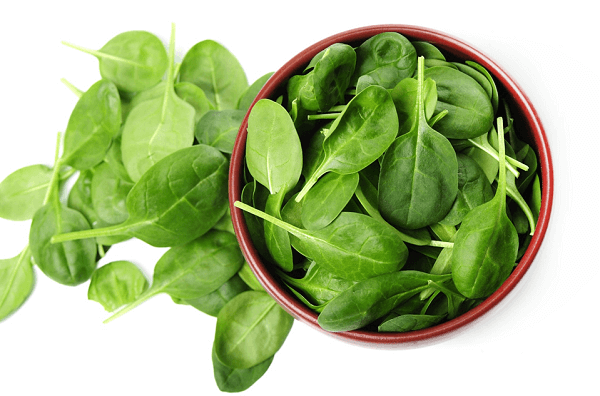
2. Shellfish
Some fishes like tuna, sardines, and mackerel are a rich sources of iron. In shellfish species, iron is found in rich quantities. Only 100 grams of shellfish contain 14 milligrams of iron.
Shellfish are also a rich source of protein, lipids, vitamins, and minerals. And the greatest part of shellfish is; they have very low calories. So, it is also beneficial in weight loss. Shellfish is good for our heart, mind, and immune system.
3. Tofu
If you are a vegan then tofu is the best option for keeping your hemoglobin level high. It is prepared with soybean. Only 100 grams of tofu contains 5.4 milligrams of iron.
Another side, calcium, phosphorus, magnesium, and other minerals are also found in tofu. It is also a good source of protein and Vitamin B1. It also helps to maintain cholesterol levels. Consuming tofu can prevent your body from low bone density and anemia.
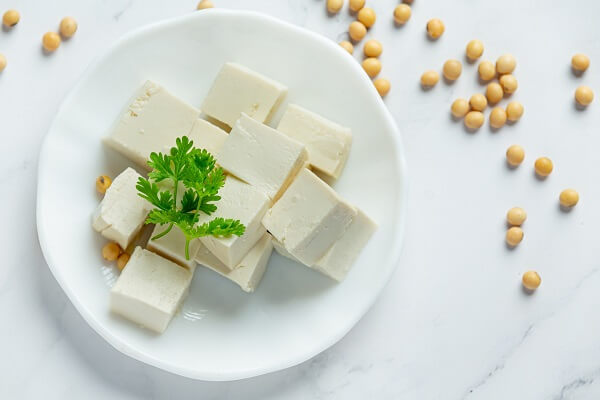
4. Poultry, Red Meat & Fish:
If you consume non-vegetarian food, then meat, poultry, fish, and other seafood all are rich source of iron. If your iron levels are low, then including this food in your diet. In a very short period, your Haemoglobin level will rise above average.
Not only this, some researchers even tell that if you consume poultry, fresh meat, and fish on a regular basis, so it will even reduce the risk of iron deficiency in the future.
There is 2.7 mg of iron per 100 grams of meat and 100 grams of chicken contains 1.3 mg of iron. Also, meat is a rich source of protein, B complex vitamins, and zinc. Such foods will help in muscles growth.
5. Whole Grains
Iron can also be found in whole grains such as wheat, millets, oats, quinoa, and brown rice.
Iron is found in 4.7 mg per 100 gm of oats and 1.5 mg per 100 gm of quinoa. Wheat has 3.9 milligrams of iron per 100 grams, while millet has 3 milligrams.
Whole grains also contain carbohydrates, proteins, fibers, and antioxidants. Whole grains are easy to digest and it keeps your gut healthy. These grains also prevent our body from obesity, diabetes, heart diseases, and risk of strokes.
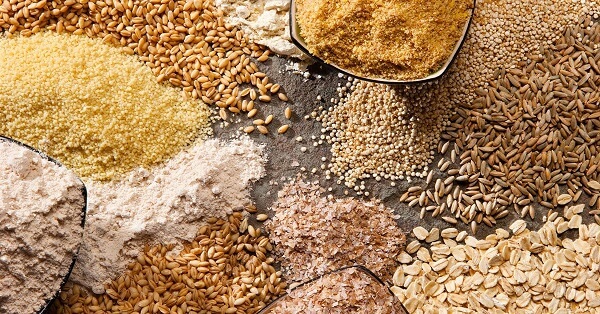
6. Dark Chocolate
Who says iron-rich cuisine needs to be monotonous? Dark chocolate may please our taste senses while also boost our iron levels. Iron is included in 6.32 milligrams per 100 grams of dark chocolate.
If you only take a small piece of chocolate after the meal, then it will boost your iron levels, but make sure, you should not consume too many chocolates. Because these are high in calories.
Dark chocolate also contains several minerals like potassium, copper, zinc, and good fats. This piece of dark chocolate can also prevent you from high cholesterol and reduce the risk of strokes.
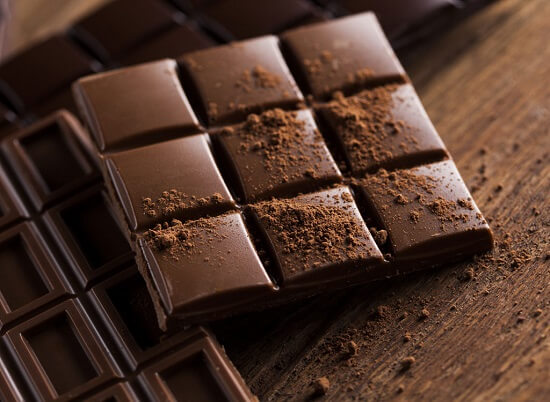
7. Legumes
Peas, soybean, chickpeas, lentils, and several types of beans are known as legumes. All these are great sources of iron.
Beans have about 5 milligrams of iron per 100 grams, while peas have about 1.5 milligrams. 100 grams of chickpeas contains 6.2 milligrams of iron and lentils provide 3.3 mg of iron.
Legumes are also high in protein, fiber, B vitamins, calcium, potassium, zinc, and other nutrients. By consuming legumes on a regular basis prevent your body from heart diseases, high blood pressure, diabetes, etc.
8. Sesame and Pumpkin Seeds
Iron is abundant in sesame seeds and pumpkin seeds. Pumpkin seeds provide 3.3 milligrams of iron per 100 grams, while sesame seeds have 14.6 mg and flaxseeds have 5.6 mg.
Calories, fatty acids, vitamin A, calcium, potassium, and magnesium are all abundant in them. If you consume these seeds regularly, it will enhance your immune system health.
9. Nuts
Iron is found in nuts such as pistachios, cashews, and almonds. 100 grams of pistachios can provide 3.9 milligrams of iron, while cashew has 6.7 mg. And almonds contain 5.4 mg iron per 100 grams.
Apart from iron, nuts are also high in protein, vitamins, healthy fatty acids, and minerals. It will also in weight loss. They may aid with weight loss and cancer prevention.
10. Dried fruits
Dried fruits such as prunes, apricots, and raisins contain an efficient amount of iron. In 100 grams of prunes have 0.93 mg iron, on the other hand, raisins have 2.6 mg, and apricots have 6.3 milligrams of iron per 100 grams. Consuming these dried fruits regularly can help to maintain an optimal iron levels in your body.
Prunes aid digestion as well as lowering cholesterol levels in the body. Raisins are also helpful for our digestion and strengthen our bones. Apricots are high in antioxidants, which benefit the eyes, skin, and overall health.
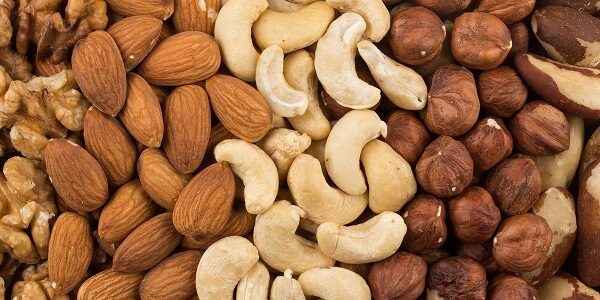
Conclusion
Iron deficiency is the most underrated disease. Many people take this disease lightly and they have to pay a heavy price for it in the future.
So beware of your body and fix your diet immediately. Include the above-mentioned food items a part of your everyday meal and enjoy a balanced diet.